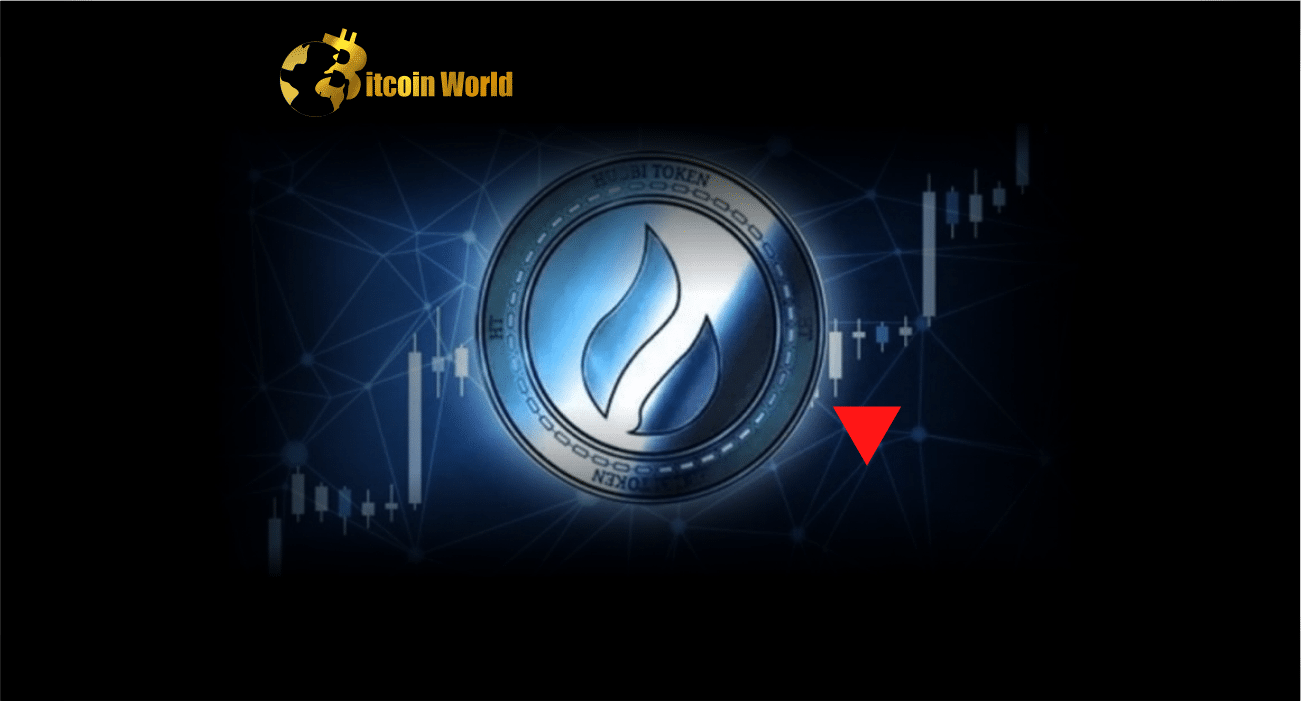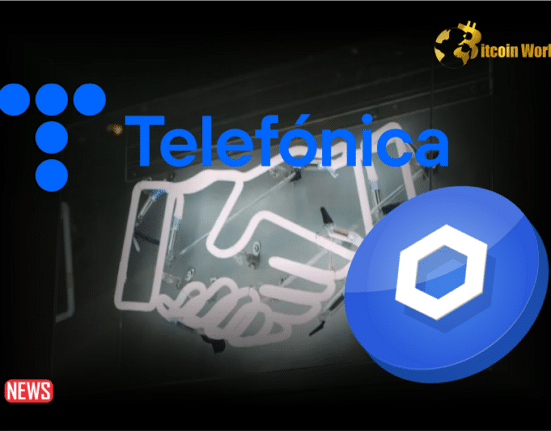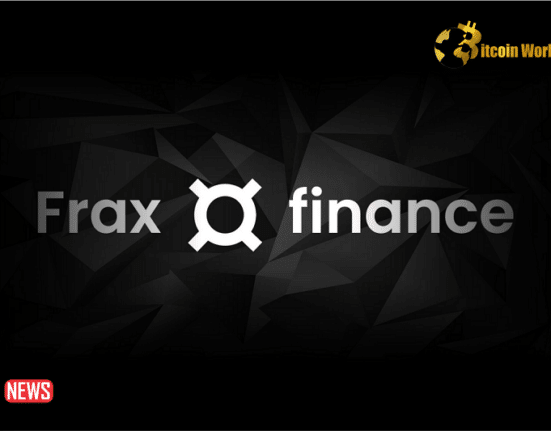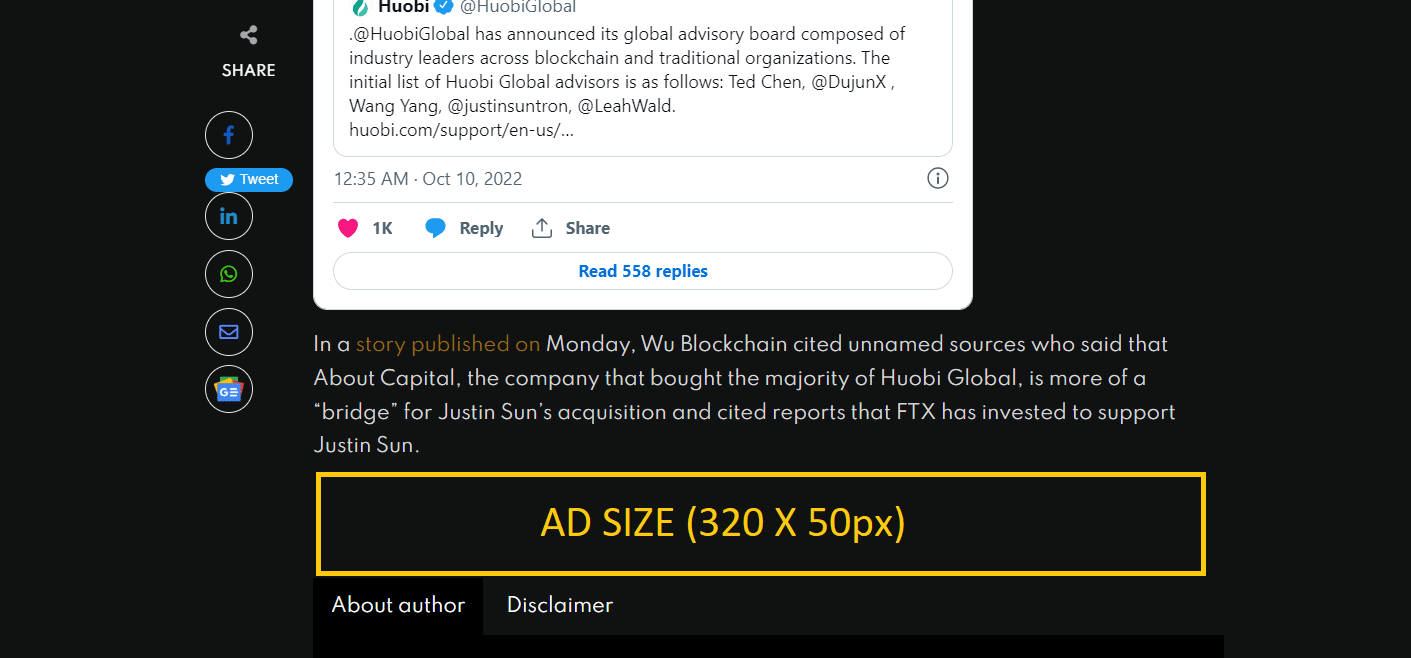Recent events involving the Huobi token have been accompanied by some peculiar occurrences. During the early morning hours of March 10, the price of HT flash plummeted in a matter of minutes, falling from approximately $4.70 to close to $0.40.
On March 9, the trading token reached an all-time high of $4.92 within the course of a single trading day. Nevertheless, since that time, it has dropped about 20% for the day, and it is currently trading somewhere around $3.95.
In addition, the enormous liquidation event caused the price of Huobi token to drop to a new all-time low, albeit only for a very limited period of time.
Justin Sun, advisor to Huobi and founder of TRON, was eager to downplay the significance of the flash crash. He emphasized that the cryptocurrency exchange as well as all funds were safe in response to the criticism on crypto Twitter.
He claimed that these leveraged liquidations were prompted by a “few users” who triggered a cascade of forced liquidations in spot and contract HT markets. He said that this generated a chain reaction of forced liquidations. “At the moment, all of the work is progressing steadily and there have been no unforeseen accidents; these variations are merely the product of the behavior of the market.”
Sun added that Huobi will be solely responsible for bearing any losses caused by changes in the HT market. According to Wu Blockchain, he also stated that an additional liquidity fund consisting of one hundred million dollars would be invested in order to strengthen the liquidity depth of the exchange.
In addition, blockchain investigator “Lookonchain” has revealed several recent stablecoin movements made by the founder of TRON. On March 9, 2018, Justin Sun took out $80 million worth of stablecoins from his Huobi account. They were consisting of $20 million in TRON’s native stablecoin, USDD, as well as $40 million in TRON’s native stablecoin, USDT. Sixty million of them were put into his very own distributed finance platform, called JustLend and Aave.















